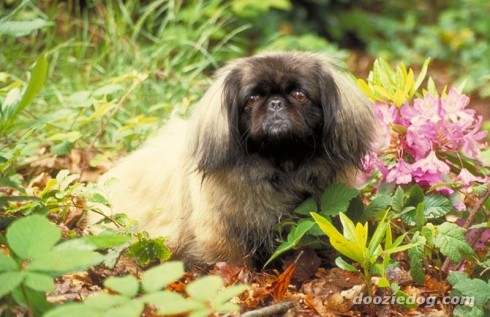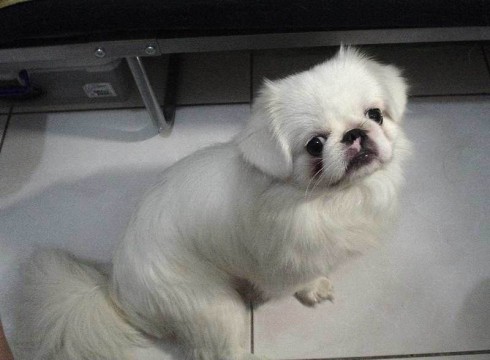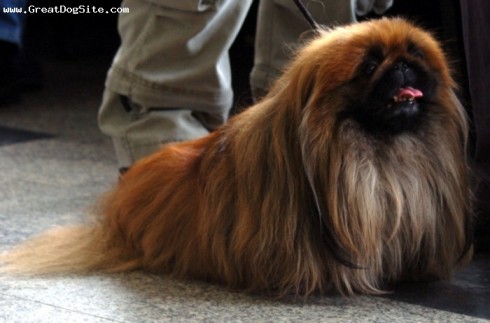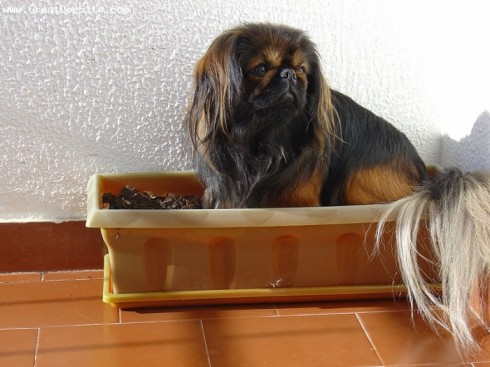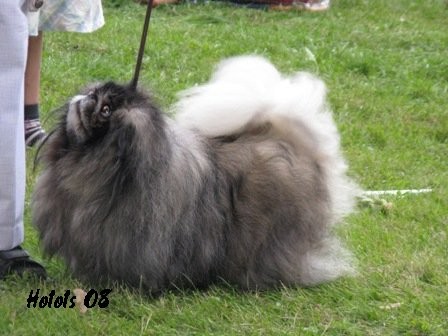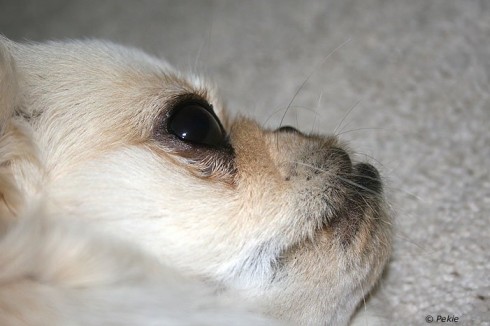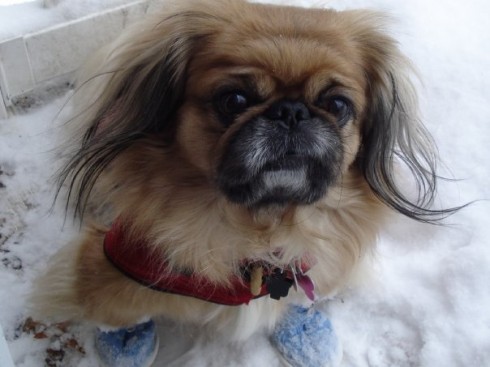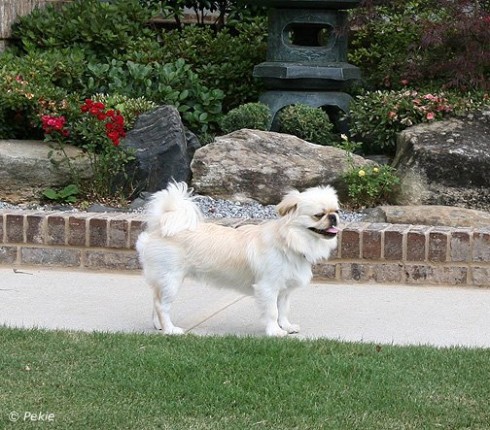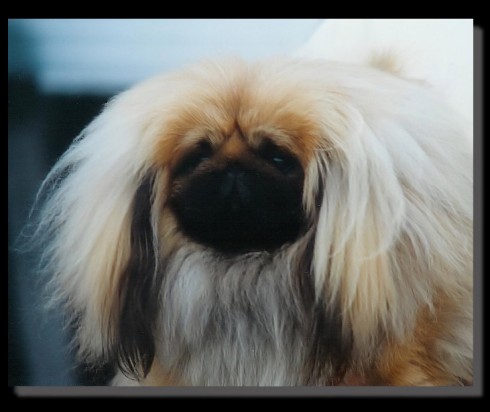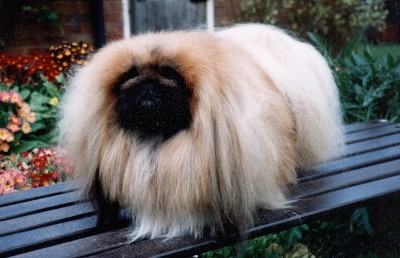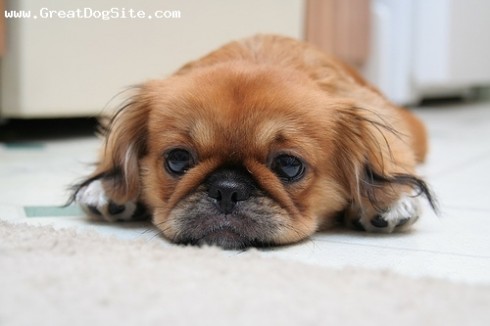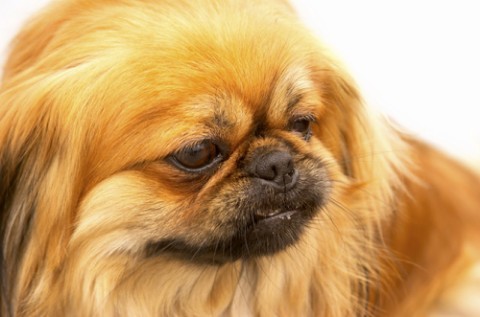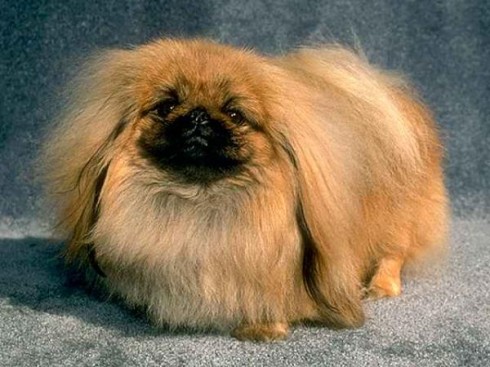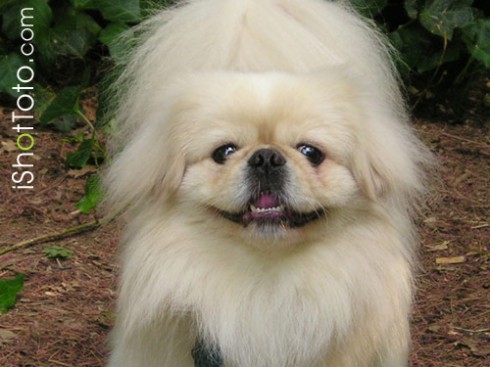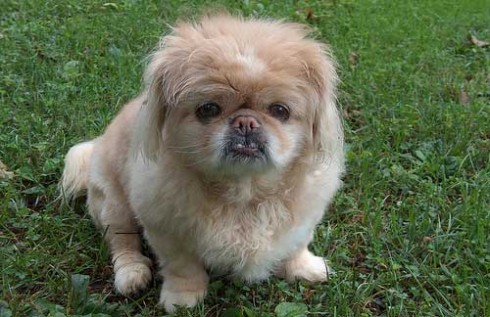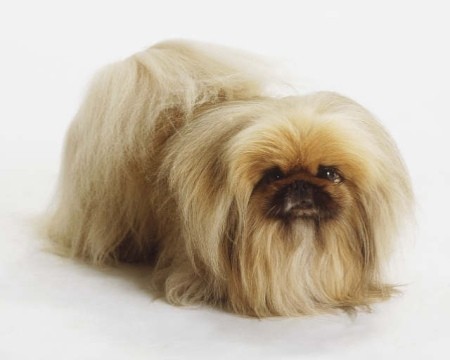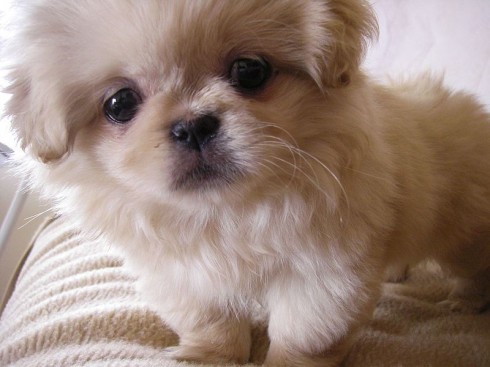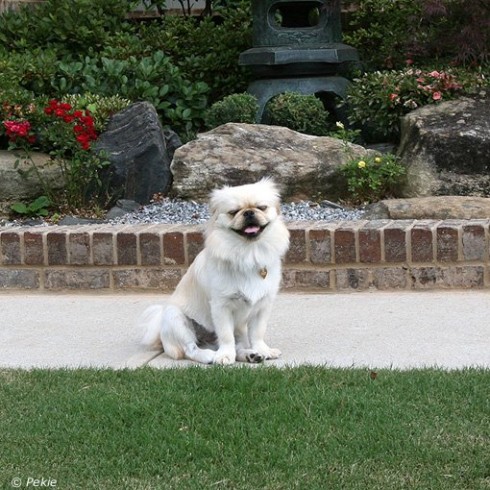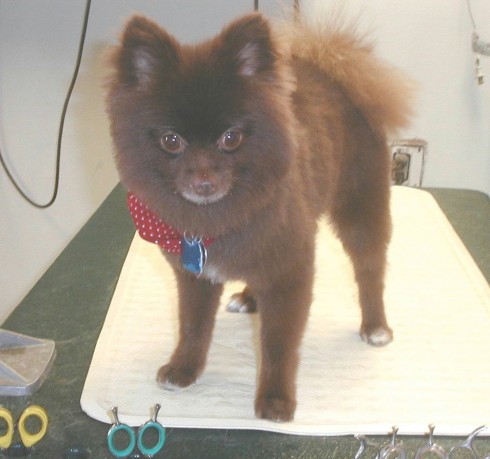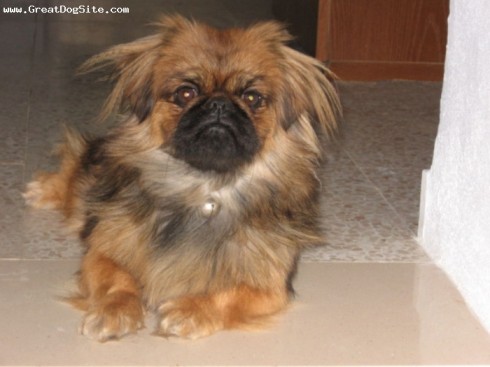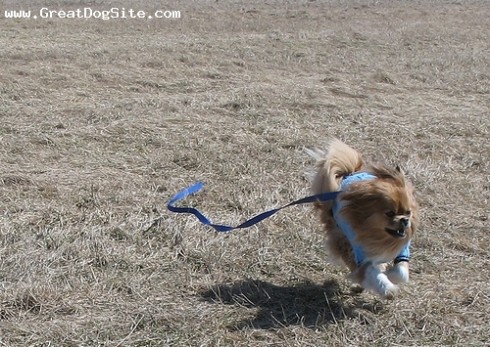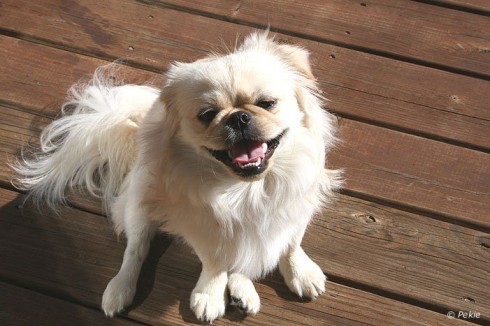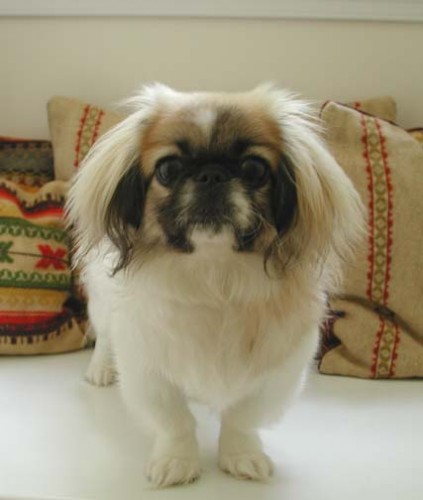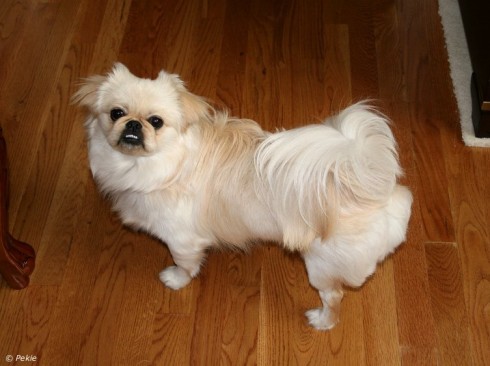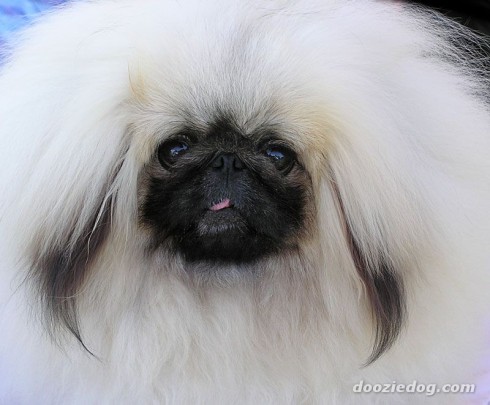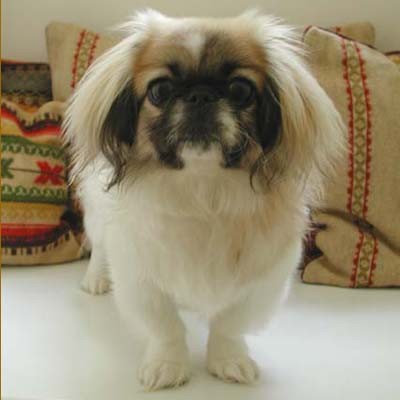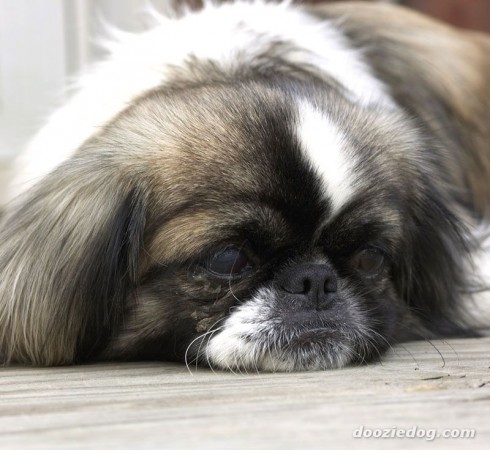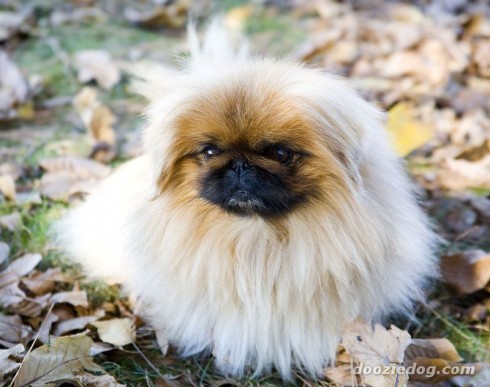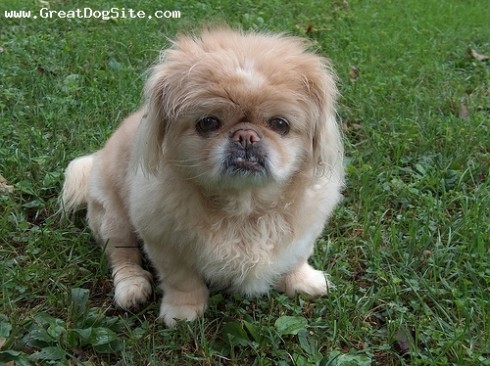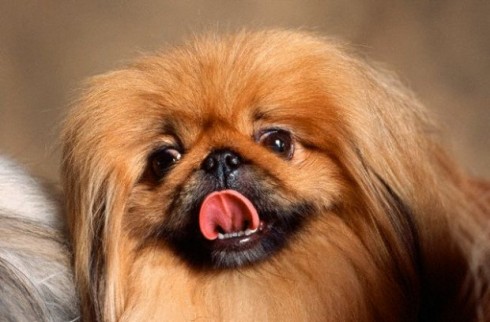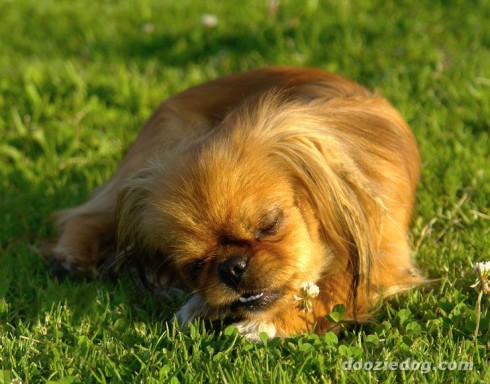Main Index
In Store
Our Web Store
Miniature Schnauzer Picture Gallery
Latest Dog Blogs
- What Are The Basic Commands To Train A Dog?
- PaySafe As The Most Popular Type Of Deposit
- Everything You Need To Know About Pet Sales
- Dogs Contribute To Our Physical And Mental Well Being
- How To Choose Where To Bet On Greyhounds In 2022
- Volunteer With Animals - How To Help Dogs Around The World
- Basic Understanding Of The House Edge
- Why You Should Get A Dog
- Top 20 Popular Dog Names Around The World
- Constipation in Dogs and How to Find Solutions
Pekingese
The Full Pekingese Description
The Pekingese gets his name from the ancient city of Peking, now called Beijing. Chinese legend has it that the breed is the offspring of a lion and a monkey. Because of their thick undercoats, Pekes need at least an hourly brushing session per week.
Did you know?
The Pekingese was held sacred in China in ancient times, the land of its origin.
So you want to own an Pekingese?
The Pekingese is a dignified little dog who can sometimes be stubborn.
The Pekingese has long, straight, thick profuse coats which requires regular brushing to prevent knots and mats from forming.
The Pekingese is a good dog for a small city apartment, but will be just as happy in a rural setting.
Indicative Breed Standard
General Appearance
Small, well balanced, thick-set dog of dignity and quality.
Characteristics
Leonine in appearance with alert and intelligent expression.
Temperament
Fearless, loyal, aloof but not timid or aggressive.
Head and Skull
Head large, proportionately wider than deep. Skull broad, wide and flat between ears; not domed; wide between eyes. Nose short and broad, nostrils large, open and black; muzzle wide, well wrinkled with firm under-jaw. Profile flat with nose well set between eyes. Pronounced stop. Black pigment essential on nose, lips and eye rims.
Eyes
Large, clear, round, dark and lustrous.
Ears
Heart-shaped, set level with the skull and carried close to the head, with long profuse feathering. Leathers not to come below line of muzzle.
Mouth
Level lips, must not show teeth or tongue. Firm under-jaw essential.
Neck
Very short and thick.
Forequarters
Short, thick, heavily boned forelegs; bones of forelegs slightly bowed, firm at shoulder. Soundness essential.
Body
Short, broad chest and good spring of ribs, well slung between forelegs with distinct waist, level back.
Hindquarters
Hindlegs lighter than forelegs but firm and well shaped. Close behind but not cow-hocked. Soundness essential.
Feet
Large and flat, not round. Standing well up on feet, not on pasterns. Front feet slightly turned out.
Tail
Set high, carried tightly, slightly curved over back to either side. Long feathering.
Gait/Movement
Slow dignified rolling gait in front. Typical movement not to be confused with a roll caused by slackness of shoulders. Close action behind. Absolute soundness essential.
Coat
Long, straight with profuse mane extending beyond shoulders forming a cape round neck; top coat coarse with thick undercoat. Profuse feathering on ears, back of legs, tail and toes.
Colour
All colours and markings are permissible and of equal merit, except albino or liver. Parti-colours evenly broken.
Size
Ideal weight not exceeding 5 kgs (11 lbs) for dogs and 5.4 kgs (12 lbs) for bitches. Dogs should look small but be surprisingly heavy when picked up; heavy bone and a sturdy well-built body are essentials of the breed.
About Our Article Directory
- Article
- 27 November 2010
- 2 comments
Ten Least Intelligent Breeds of Dog
- Article
- 20 November 2010
- 1 comment
Canis lupus familiaris
- Breed Article
- 29 May 2010
- No comments
Quick Search
Donate
Latest Dog Pods
- Tips on How to Stop Your Dog from Biting
- Beware - Not All Advertised Dog Rescues Really Are! How Can You Know The Truth?
- Helpful Tips For Dog Obedience Problems
- How to Keep Dogs From Eating Poop
- Dog Grooming Tips - A General Overview of the Very Basics of Dog Grooming
- Recognising Different Types of Dog Obedience Problems
- 5 Important Tips On Feeding A Puppy


